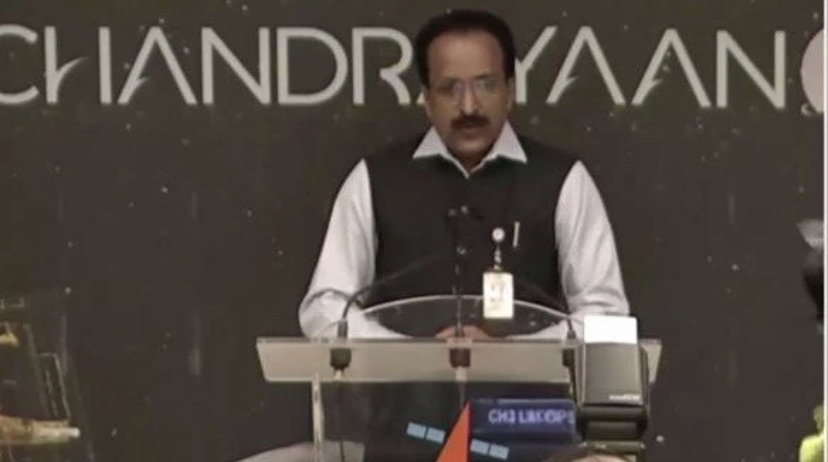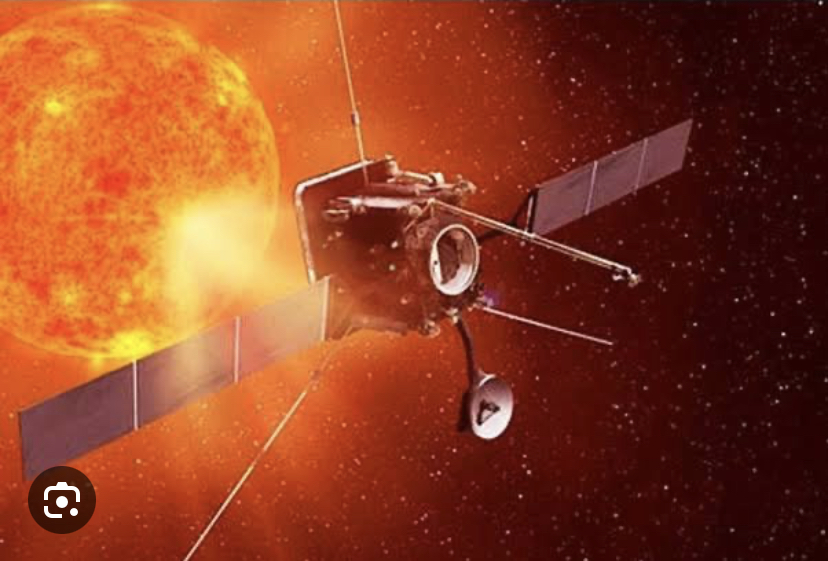After the successful landing of the Chandrayaan-3 lander module on the south pole of the moon yesterday, ISRO is gearing up for more upcoming missions.

Image credit- CNBCTV18
The spectacular landing of the Chandrayaan-3 lander module at the South Pole of the moon, made India the first country to achieve this task successfully and also became the fourth country after the USA, China, and Russia to conduct soft-landing on the moon.
Read More: Chandrayaan 3 on India on South-Pole: “Cycle se, Chand Tak”
In light of this successful moon mission, ISRO is preparing for its next set of missions which will take India’s space industry to greater heights
Aditya-L1 mission
ISRO chief S Somnath recently announced this in front of the media about the agency’s new Aditya-L1 mission.

Image taken from- India Today (ISRO chief S Somnath announcing soft Chandrayaan-3’s Lander module Vikram)
Read More: Chandrayaan-3: Meet the people behind India’s historic moon mission
According to ISRO’s website, Aditya-L1 is going to conduct the study on the Sun with the help of the satellite which will be placed in the halo orbit around the L1 point granting them an advantageous position to observe solar activities and its effect on the weather of the space in real-time.
Likely to be launched around the first week of September according to The Hindu

Representational Image- Taken from Jatin Verna’s IAS Academy
XPosat (X-ray Polarimeter Satellite)
India’s first polarimetry mission is in the pipeline to be one of ISRO’s space future missions.
One of the objectives of this mission is to study different dynamics of astronomical X-ray sources in extreme conditions. According to ISRO’s website, the spacecraft will consist of two scientific payloads which will be carried in an earth’s low orbit.
According to The Hindu quoting ISRO’s official, it is almost ready for the launch.
NISAR’s Satellite
ISRO in collaboration with NASA, the space premier agency is also planning for the launch of NISAR, on India-USA-made synthetic aperture radar.
According to ISRO’s website, NISAR will map the whole earth in 12 days to provide spatial & consistent data to understand changes caused in the earth’s ecosystems, ice mass, rise in sea levels, state of groundwater, and natural disasters like tsunamis, earthquakes, and landslides, etc.

Image credit- ISRO website (representational image of NISAR)
Status of Gaganyaan Mission
ISRO, according to sources, is all ready to proceed with a bigger mission named Gaganyaan.
Its objective is to show the capability of conducting human space flight missions and LEO on board an Indian launch vehicle. The module of Orbital will contain a crew module and a service module
Its orbital module, according to The Hindu report, will be established in an approximately 400 km circular orbit around Earth for 1-3 days ending with the crew module coming back to the decided location at sea.
According to a Times Now report, the LVM-3 rocket (modified version) will be used for the launch of Gaganyaan.
Mission with the Japanese
The Indian Space Research Organization in collaboration with Japan’s aerospace exploration agency is also planning to launch Lunar Polar Exploration Mission(LUPEX) colloquially called Chandrayaan-4.
The objective of this mission is to make an attempt to answer one of the most debatable questions in the world:- whether the moon has water or not.
In recent years, there has been a hint of the presence of lunar water according to observational data.
The objective of this mission is to look for the presence of water on the moon and its potential uses for mankind by carrying out the determination of the quality and quantity of water on the moon.
This mission is most likely to be conducted in the year 2026.













